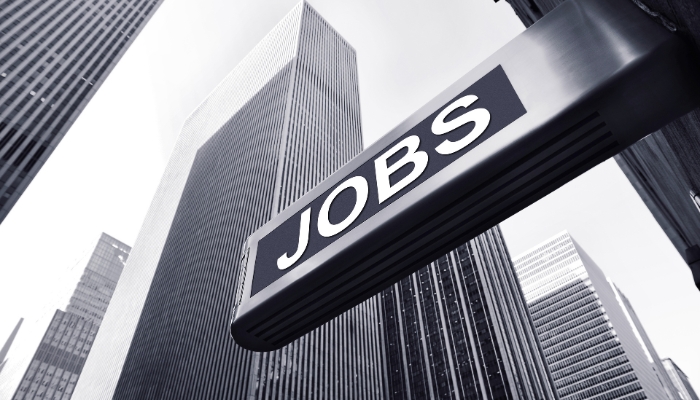Job Market Dilemma
Anúncios
In the realm of economics, a classic chicken-or-the-egg conundrum emerges: With interest rates at their highest in 22 years, which will wane first, the job market or consumer spending?
The dynamics are intricate. When spending decreases, companies face reduced revenues, and they may resort to layoffs as profits dwindle. In contrast, staff reductions curb consumers’ purchasing power. In 2022, consumers have maintained their spending habits, and businesses have continued to hire.
However, the pivotal question remains: What’s driving this stability? Is it the robust job market fueling consumer spending, or has strong consumer demand enabled businesses to hire expansively?
As consumer spending constitutes approximately 70% of the US economy, its health significantly impacts the country’s economic well-being. Several factors blur the lines between the causes of the potential decline, including pandemic-induced savings held by wealthier Americans, lingering pent-up demand, and the evolving economic landscape over different business cycles.

The argument for the job market weakening first is valid. Shannon Seery, an economist at Wells Fargo, notes, “It’s a little bit of a tough question.” Nevertheless, she leans toward labor market instability as the initial harbinger. While the US job market has slowed from its frenetic pace in 2021 and 2022, it still remains robust. With 150,000 jobs added in October, unemployment remains low, and job openings stand at historically high levels. Seery predicts that a moderation in the labor market could decelerate income and consumer confidence, subsequently affecting spending and leading to layoffs.
On the other hand, there have been instances when consumer spending weakened before job markets faltered. During the Great Recession in 2008, the housing bust was the catalyst for the downturn in spending. Luke Tilley, chief economist at Wilmington Trust Investment Advisors, explains that it was “driven so significantly by home equity.” Companies began shedding jobs only around the turn of 2008.
This time, the US economy is grappling with the post-pandemic disruption. Businesses in a more challenging environment could initiate job cuts, which might result in cutbacks in spending. The Federal Reserve has increased interest rates 11 times to combat high inflation, impacting both consumers and businesses by raising borrowing costs.
However, Drew Matus, chief market strategist at MetLife Investment Management, suggests that perception might play a pivotal role. He emphasizes, “I think it starts with the perception of the labor market.” If consumers perceive a weakening job market, it could lead to increased savings rates, ultimately creating the situation they’re preparing for.
In essence, the chicken-or-the-egg dilemma in economics continues to baffle experts, making it challenging to predict whether spending or employment will wane first. The evolving economic landscape, external factors, and perception all play a part in determining the sequence of events.
See also: Google Scraps $15 Billion California Real Estate Deal



